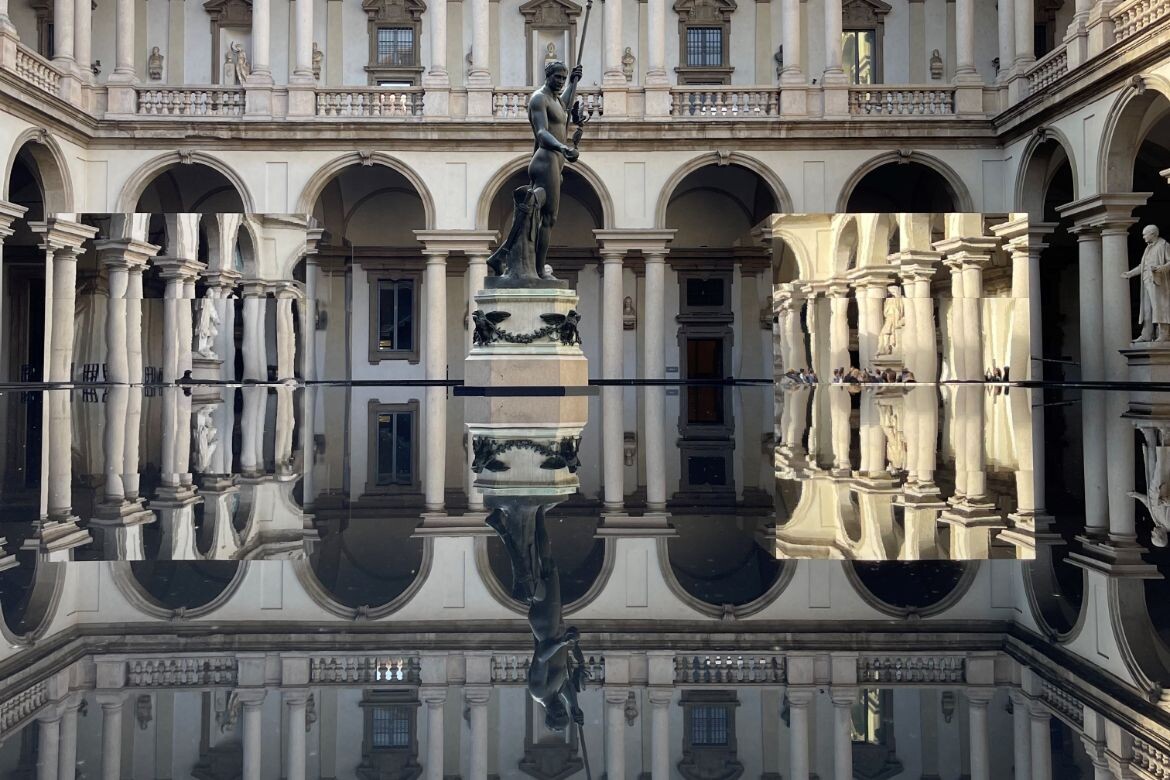1. Desacralized
The Desacralized exhibition was inside an 11th century church where Design Galerie Philia installed sculptures, furniture and lighting pieces. The neo-Roman structure has served as a community centre with this being the first major exhibition within the space. The reminiscence of basketball court markings were still visible on the ground.
A stand-out design for me was Arno Declercq’s white table, which sat in the middle of the church, directly under Morghen Studio’s chandelier. Australian designer Henry Wilson also presented his Pagoda Lamp.
“Objects bear witness to the past – they carry memories and their function is defined by the era in which they were created,” says Galerie Philia founder Ygaël Attali. “Sacred objects have all these qualities but they also transcend their physicality to achieve a spiritual and symbolic value.”
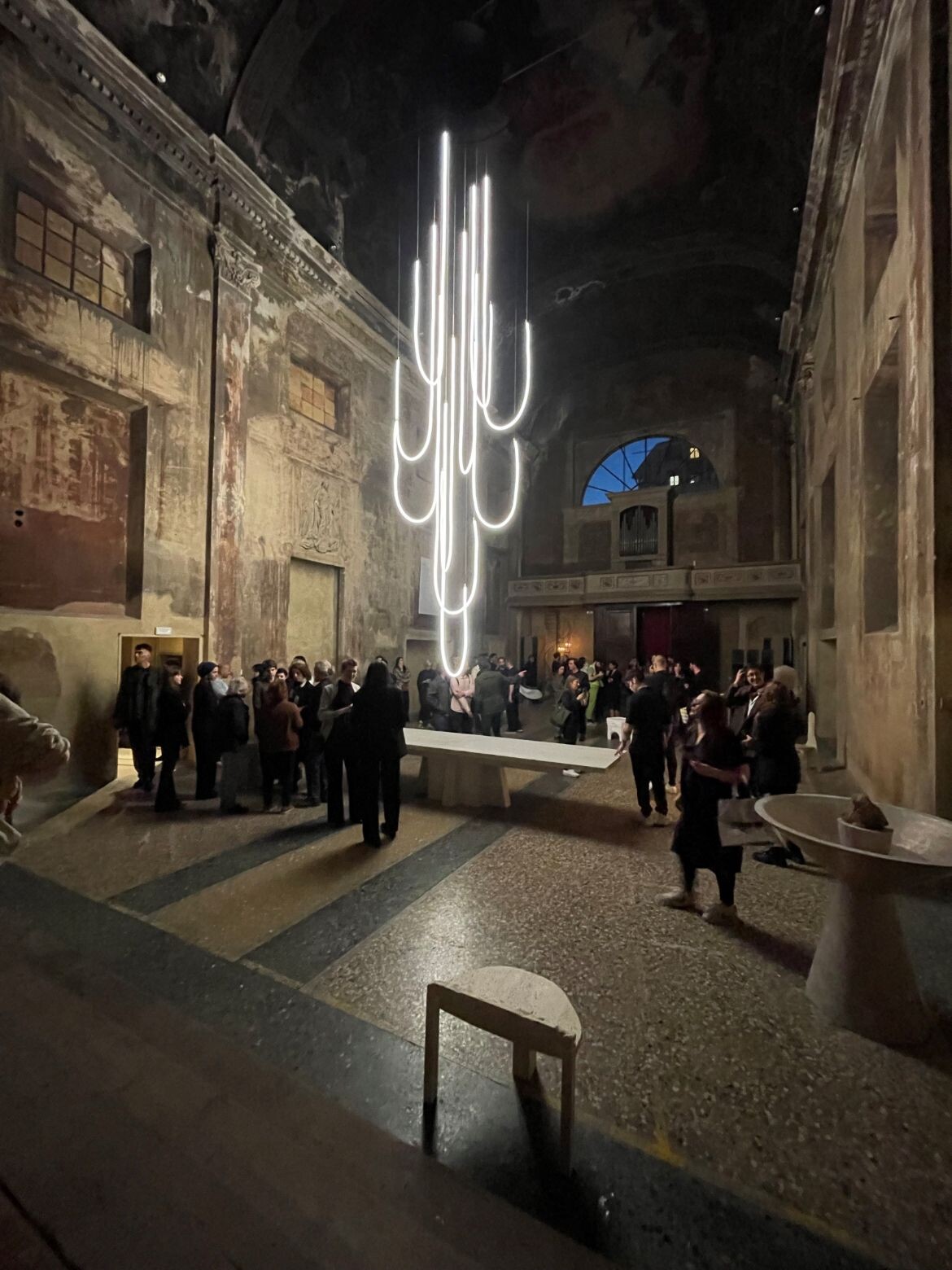


2. NM3 + Laufen + Alcova
NM3 is a Milan-based studio whose work is aimed at the efficiency and functionality of the products they design, which stems from their fascination with modernism.
The first time I came across their work was at the ‘How dare you’ installation by Laufen. One of the collaborations was between Laufen and NM3 which saw material-focused, pure and multi-faceted stainless objects which pushed the ideas of how bathroom joinery and accessories should be. A conversation about what these spaces mean today, and what they will mean tomorrow.
Visting Alcova, I once again came across the works of NM3. Alcova is an itinerant platform for independent design. This year Alcova was at the former Porta Vittoria abattoir on Via Molise. Alcova renews its commitment to bring historical and significant spaces from the city to life. Transforming them into a stage where a selection of designers are shaping the future. The contrast of stainless steel furniture pieces fabricated through standard technologies such as cutting and bending, felt at home within a space where historical construction methods were honest and utilitarian.
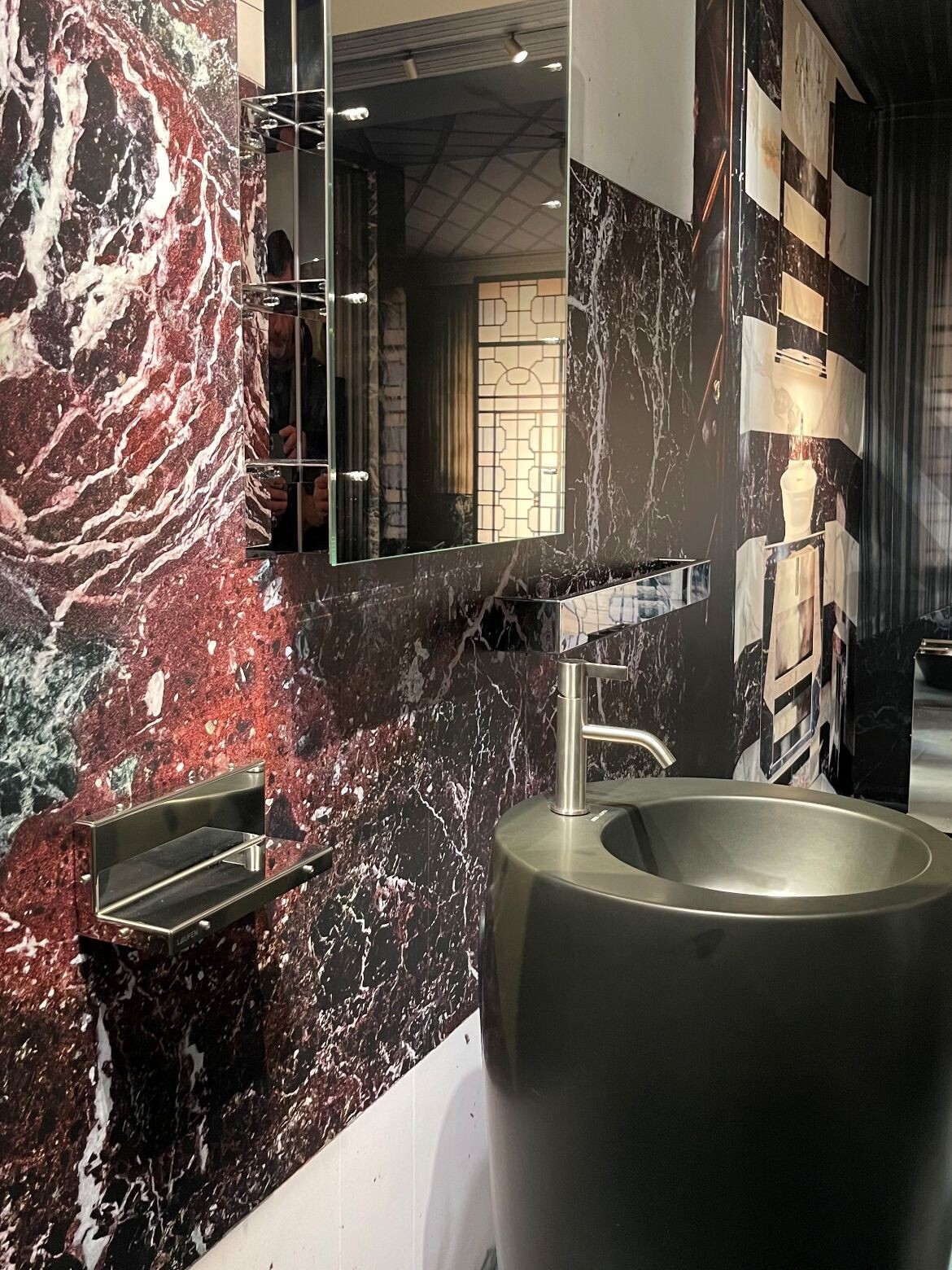



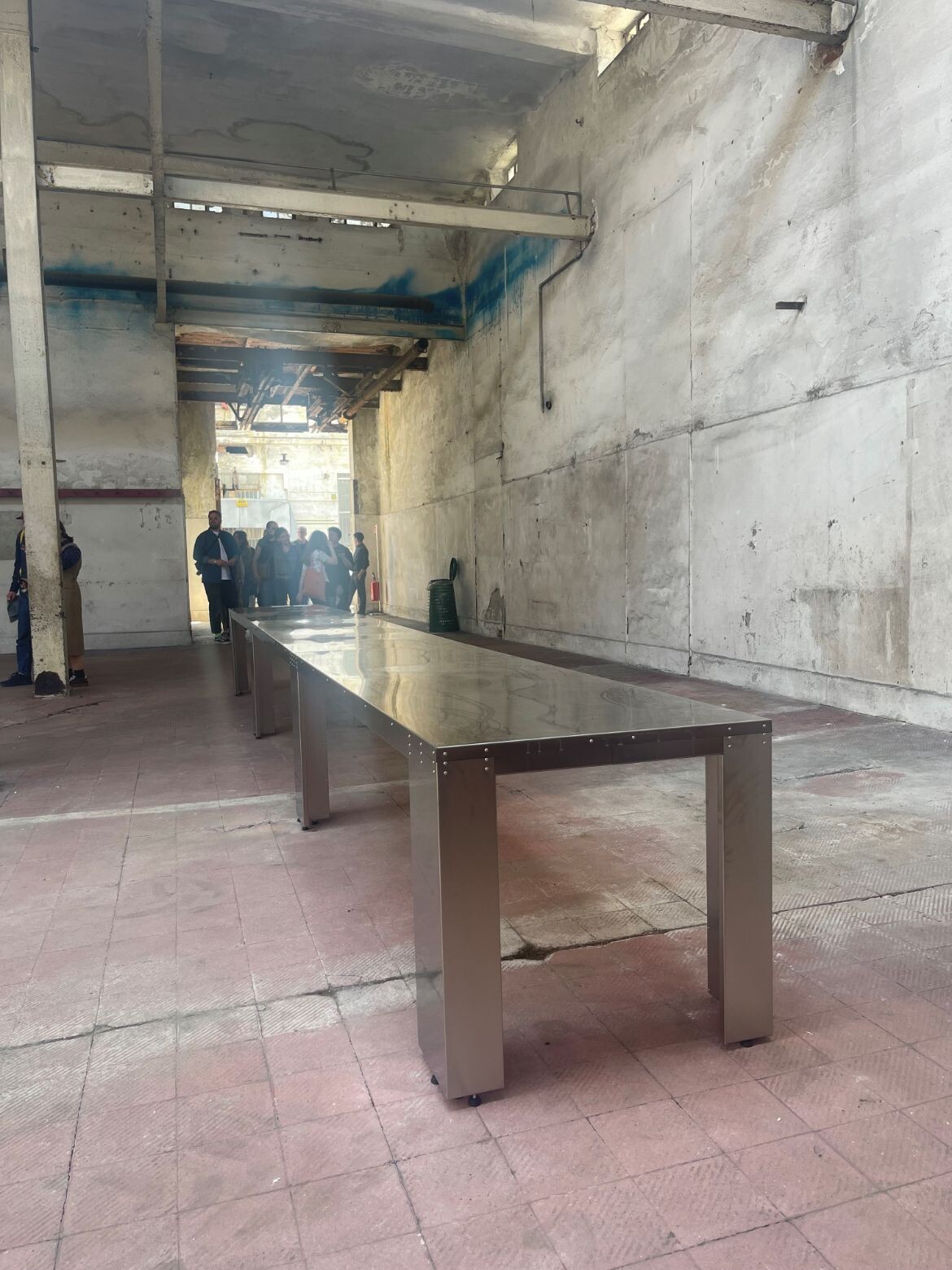


3. Movimento
Merging and Emerging was a contemporary design exhibition across two locations in the Porta Venezia district. This exhibition showcased the work of 60 international creatives selected by Movimento which is an aggregator of young designers and emerging brands. Together as a group they have visibility as a singular collective.
Walking through one of the multi-level buildings you were surrounded by different expressions and voices. Pieces from different designers across the world came together to speak with each other.
The exhibition featured Jordan Fleming from Australia. Fleming’s work expresses a personal exploration with materials through her use of sculpting plaster and pigments to create pieces that possess an emotional impact; conjuring feelings as if they’re living in the space, rather than solely serving a programmatic function. More here.
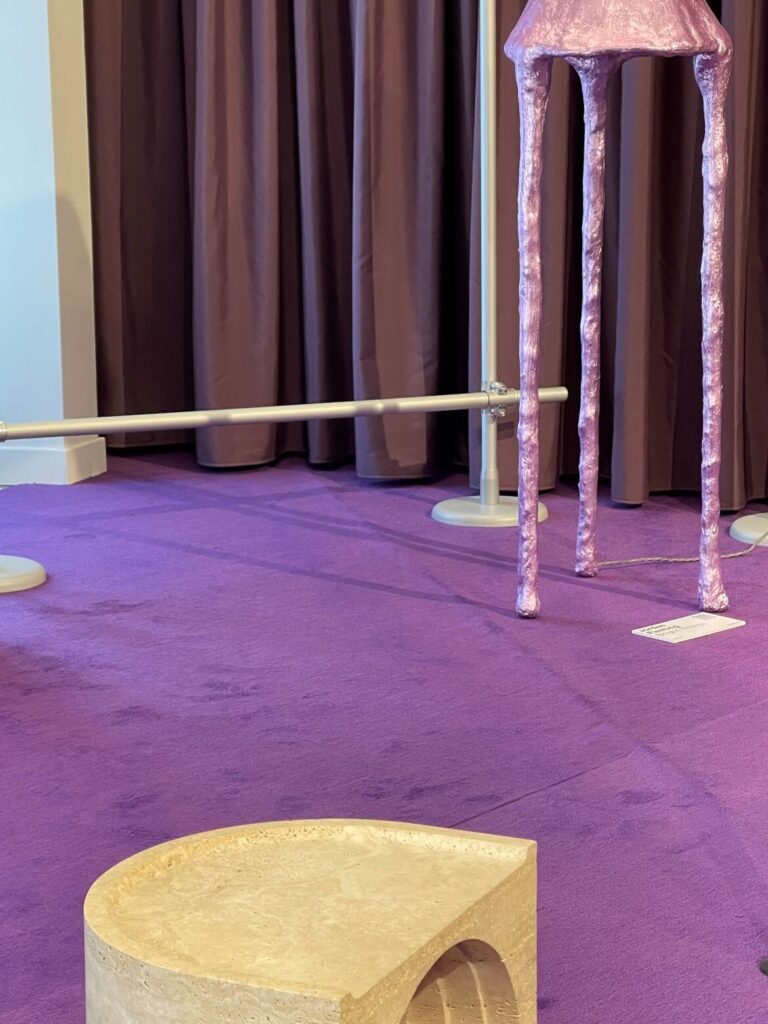


4. Grohe Spa Experience
We were lucky enough to be taken through the water surface installation at Pinacoteca di Brera by Patrick Speck of Lixil Global Design. The installation included four mirrored cubes at each corner of the reflective pool of water which filled the courtyard. Each cube contains an experience which references Grohe’s design ethos, health through water. The pool of water and glass cubes beautifully reflecting the features within the neoclassical courtyard and bronze statue of Napoleon.
We were also privileged to attend the evening event where the courtyard was filled with a mix of opera, piano performances, and DJs. Through music and lighting the courtyard was again transformed, this time we were on a higher level in the Pinacoteca looking down to the water and glass cubes. Magical.
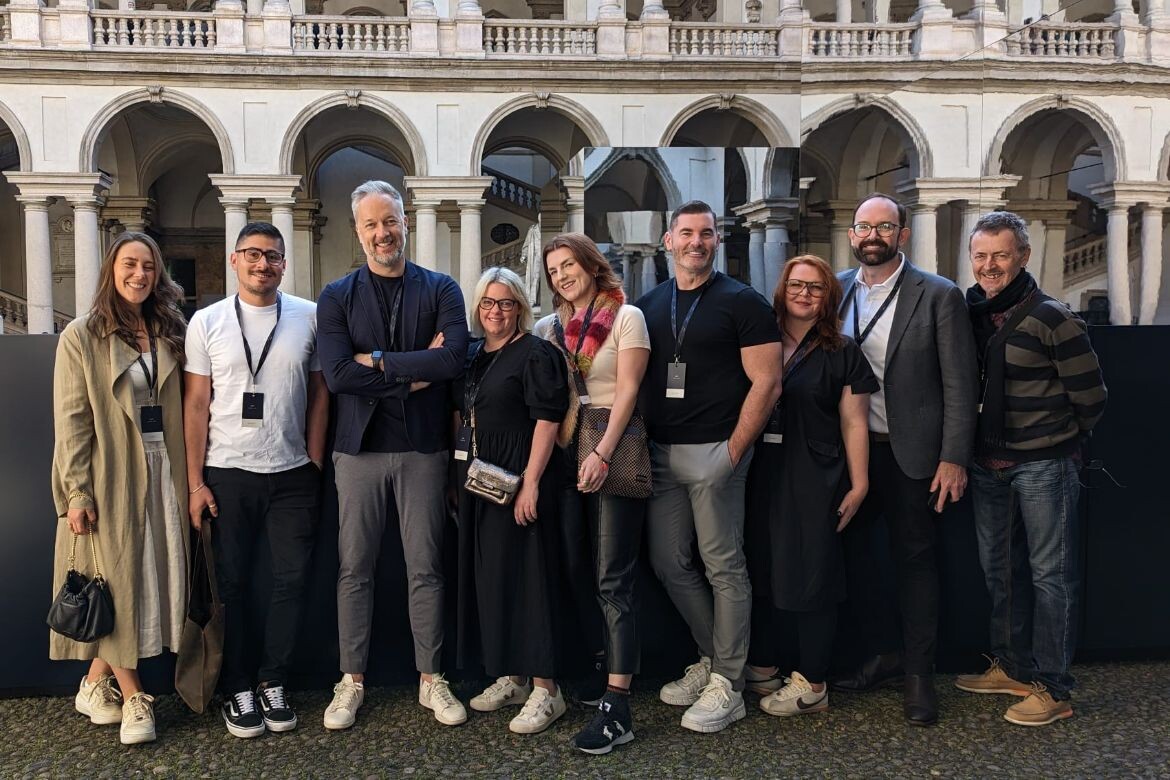



5. V-Zug
Design studio H+O has partnered with Muuto, V-Zug, Tubes, File Under Pop and Elisa Ossino Studio to create an exhibition called Butterfly Effect.
The collaborative effort has transformed an 18th-century apartment in Brera Design District into an immersive experience that explores the impact of colours, textures and shapes on people’s emotional states. The exhibition featured furniture, accessories, and lighting by Muuto, a kitchen by V-Zug, and radiators by Tubes.
I was lucky enough to be invited onto a V-Zug-hosted panel discussion entitled ‘Closing the Circle’, held at Museo Poldi Pezzoli and moderated by Aleesha Callahan. This night brought together many Australian visitors to the Salone. A night where we could all compare our experiences and notes.
The Salone is an amazing experience for designers to be immersed in Milan and everything design. Though it’s nice to have the familiarity of your peers and sharing of thoughts towards the end of the week. This event also included a private tour of the 19th-century Museo Poldi Pezzoli where the panel discussion was held.
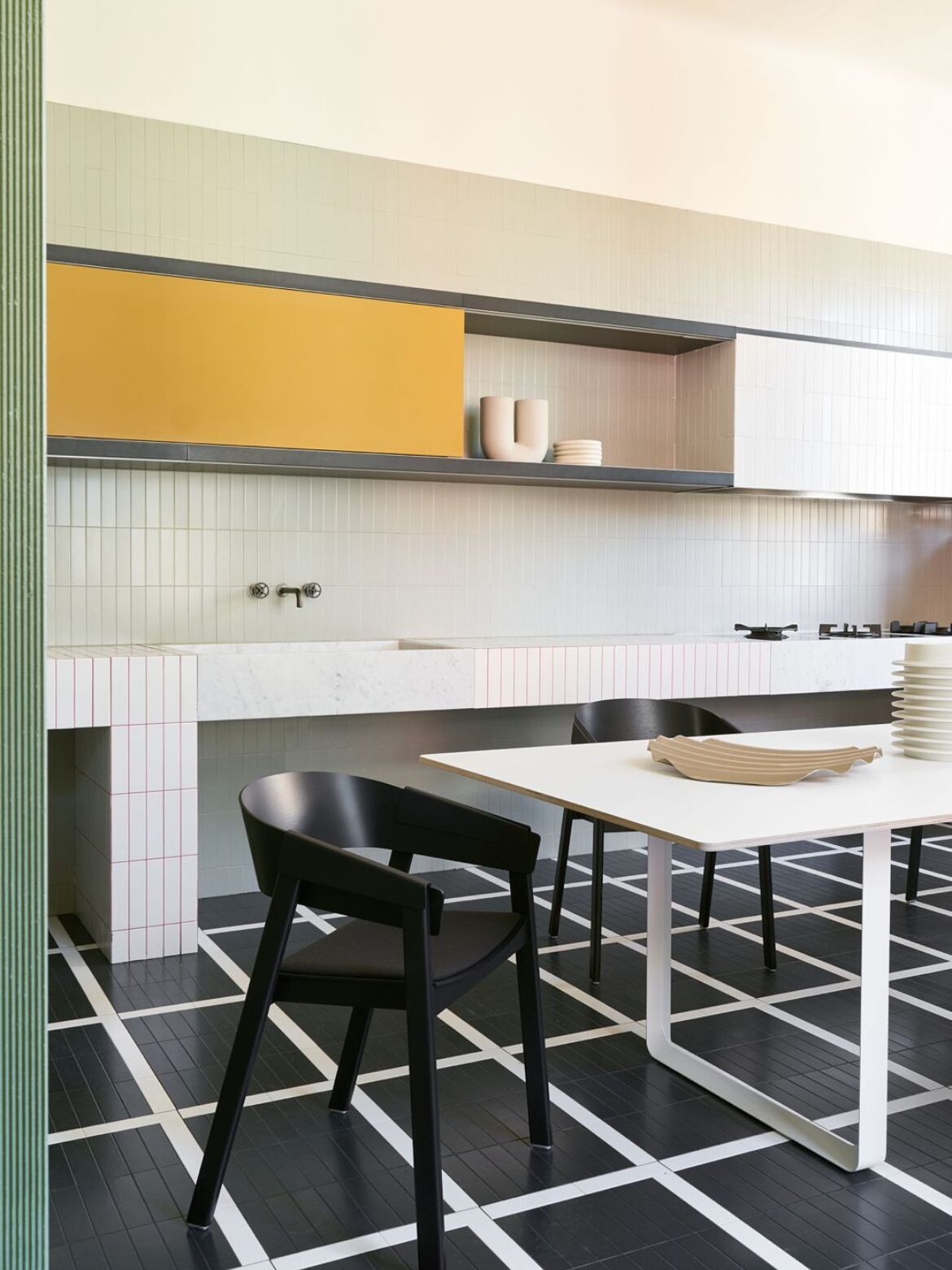

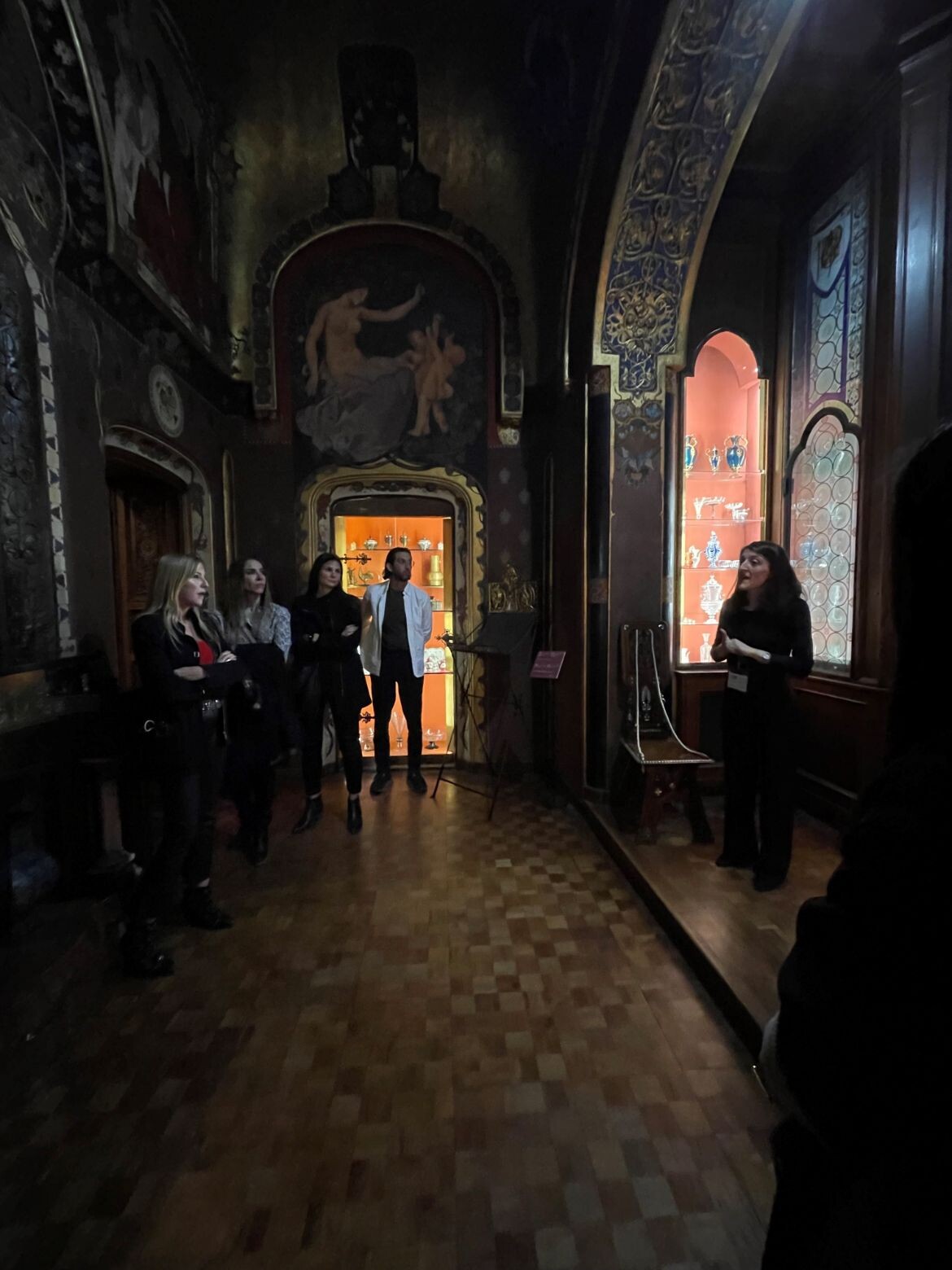


DKO
dko.com.au
We think you might also like this story on Euroluce at Salone del Mobile.

